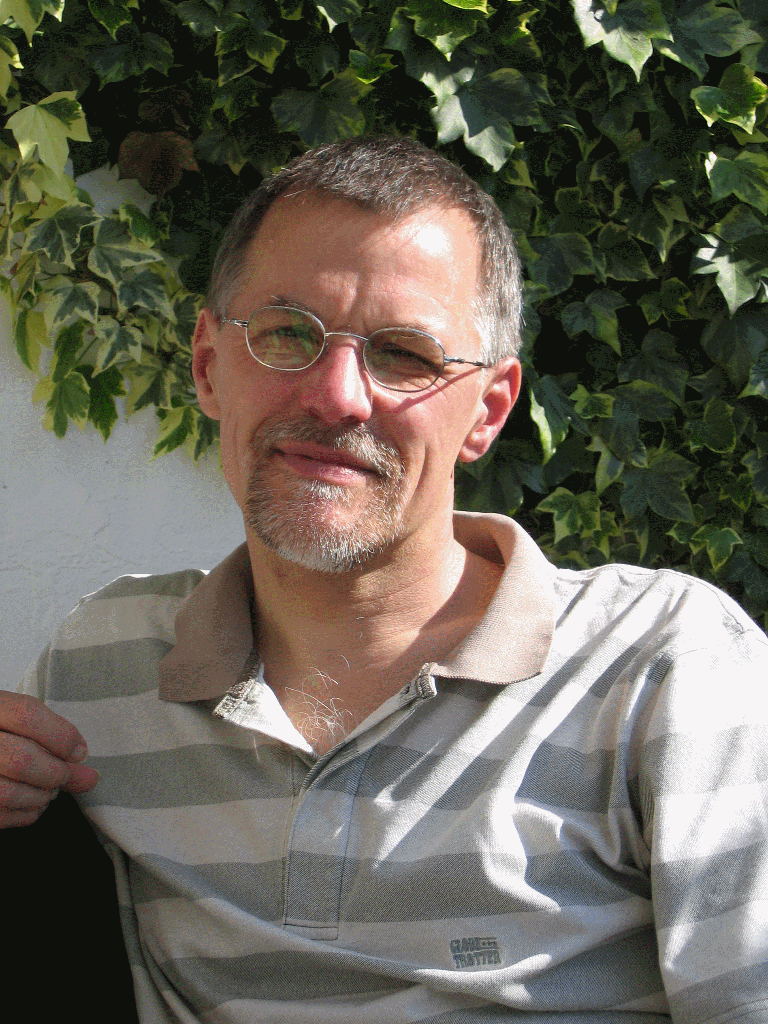Writing an exterior ballistics software in TP was motivated by two major reasons:
Numerous nights, weekends and thousands of hours of private time were spent to write all the TP functions and procedures necessary to make EB. A considerable amount of work has been invested to program in such a way that EB may withstand all the stupid entries and errors of a "simple-minded" user. Murphy´s rule -" if anything can go wrong, it will" - often proved to be true while programming and up to the very last version of EB, I refuse to guarantee that there may not be any strange combination of entries, forcing EB to crash with the worst conceivable error message: Runtime error at ...., although I really did my best to avoid it.
In June 1990, the first version of EB was presented to the forensic community at the 21. AFTE meeting in Omaha, Nebraska, USA. EB already included graphics but only one physical model, the PMM was available at that time.
A new 'outfit' which - in principle - survived until version 4 was the major progress of EB version 2.0, which appeared half a year later in January 1991. Another improvement became the user´s manual, which - on a total number of 122 pages - explained the basic principles of operating the software and included some examples of application, but could not satisfy the needs of the 'ballistician', wishing to know the facts 'behind'.
Almost two years later in November 1992, EBV3.01 appeared on the market. The major improvement of this version was the inclusion of the advanced 'Modified Point Mass Model', which also allows to estimate side drifts of spinning bullets. It was encouraging to see that most user´s of a previous version were willing to invest the cost of the upgrade, thus confirming that EB was accepted as a useful working tool.
After another two years, EBV4 became available in January 1995 and until today, I hope that it will be the last major version. A further step to a more versatile and more sophisticated software has been ventured by including 'simulations' - the probabilistic viewpoint of exterior ballistics. Almost as much time as for the programming has been invested to improve the user´s manual, which - on a total number of almost 300 pages - should also satisfy the needs of the ballistician. Indeed, a few users from the forensic field stimulated a more detailed manual, allowing to answer questions of the court, concerning exterior ballistics in general and the methods of EB´s computations in particular.
In March 1996, a three days course for German users of EB took place in Ilmenau / Thüringen. If you are interested to participate in a future course, please drop me a short message by email.
In December 1997, EB went to the Internet and that is where you are!
Improvements of EB were necessary since then and currently version 4.2x is available (any registered user of EB Version 4.xx is encouraged to read the chapter Important customer information! EBV4.05 or a version below will not run on modern computers with operating frequencies above 233 MHz!)
Since mid 2000 EB - including the user's manual as a PDF file - is available on CD ROM.
Up until now, EB has proven to be a valuable working tool for the professional ballistician. The software has been applied at numerous locations in the world in forensic case work and for ballistic research. A number of scientific publications and innumerable forensic reports relied on EB as the exterior ballistics software to compute trajectories.
![]()

A brief curriculum vitae follows: